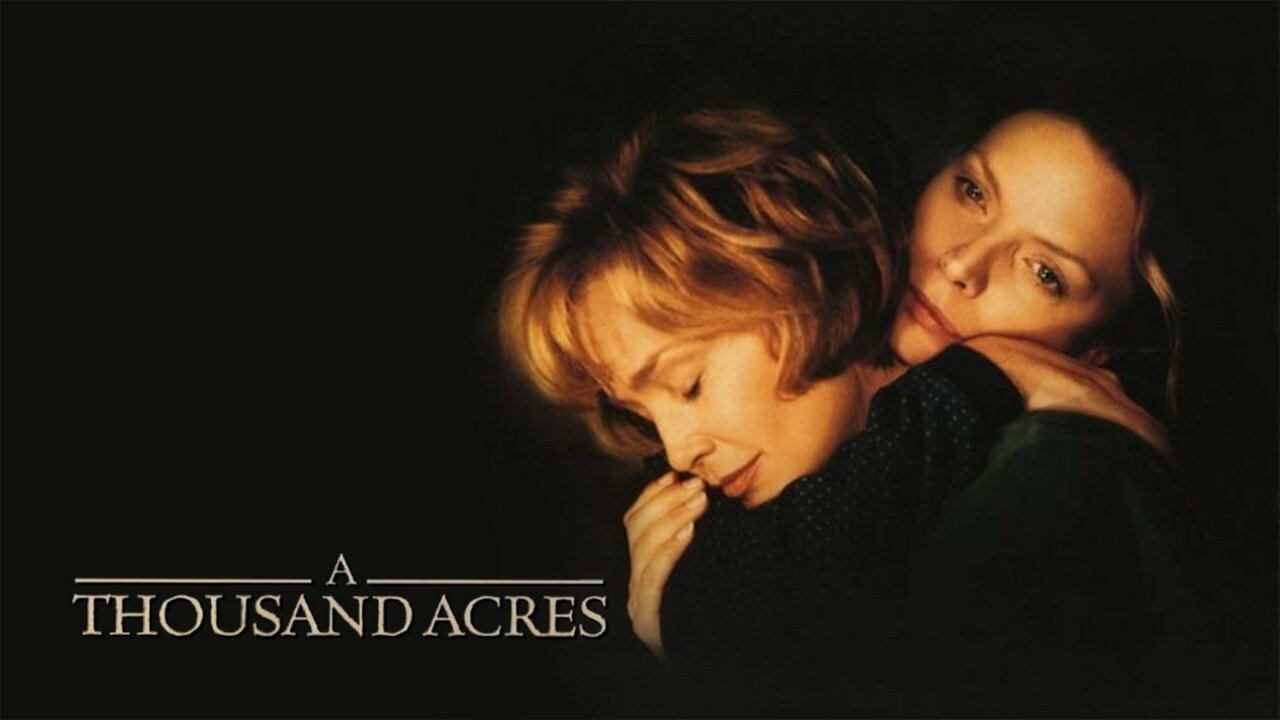Danger Woman (1946) – A Modest Noir-Espionage Tale
Released in 1946 and directed by Lewis D. Collins, Danger Woman is a concise 59-minute crime drama that blends elements of espionage, domestic tension, and postwar scientific intrigue. Produced by Universal Pictures, the film stars Don Porter as Claude Ruppert, an ambitious atomic scientist whose cutting-edge research into nuclear energy unwittingly entangles him in a web of danger and betrayal.
The story takes shape when Claude’s estranged wife, Eve (played by Patricia Morison), suddenly returns to his life. Their uneasy reunion is soon complicated by a series of suspicious events, including the arrival of Gerald King, portrayed by Milburn Stone—a mysterious figure with a hidden agenda. King, it turns out, is seeking to steal Claude’s top-secret research, placing not only the scientist’s work but also his life in jeopardy.

Brenda Joyce plays June Spencer, Claude’s loyal secretary and new romantic interest, adding an emotional triangle to the growing tension. As the danger intensifies, the lines between personal loyalty and national security blur, creating a compact but compelling drama rooted in the fears and anxieties of the atomic age.
Though marketed with the promise of high-stakes espionage, Danger Woman remains largely confined to interior settings—drawing more from melodrama and character dynamics than from action or spectacle. The film’s modest production values and brief runtime give it the feel of a stage play, with much of the suspense emerging through dialogue and shifting alliances rather than physical confrontations.
Don Porter gives a solid performance as the straight-laced and increasingly paranoid scientist, while Patricia Morison brings intrigue to her role as the enigmatic Eve—though her character falls somewhere between manipulative femme fatale and a woman scorned. Milburn Stone's portrayal of the villain adds a layer of menace, but the tension is subtle, more psychological than thrilling.
Critical reception of the film has been mixed. Some viewers appreciate its tight pacing and Cold War-era themes, while others find it lacking in intensity and visual flair. It’s been described as a low-budget thriller that doesn’t quite live up to the potential of its title, but still offers an interesting window into postwar fears about science, secrecy, and trust.
Despite its limitations, Danger Woman serves as a modest but intriguing entry in the catalog of 1940s noir-inspired B-movies. It reflects the era’s fascination with espionage and atomic power while delivering a compact narrative driven by suspicion, betrayal, and the quiet danger of knowledge falling into the wrong hands.


-1751862610-q80.webp)